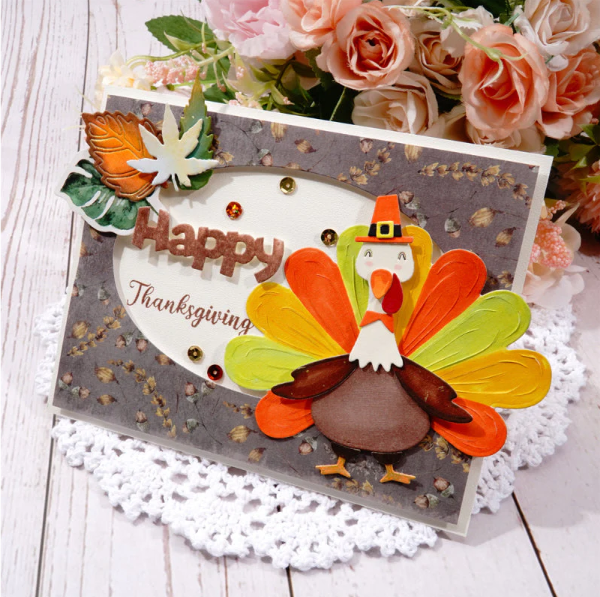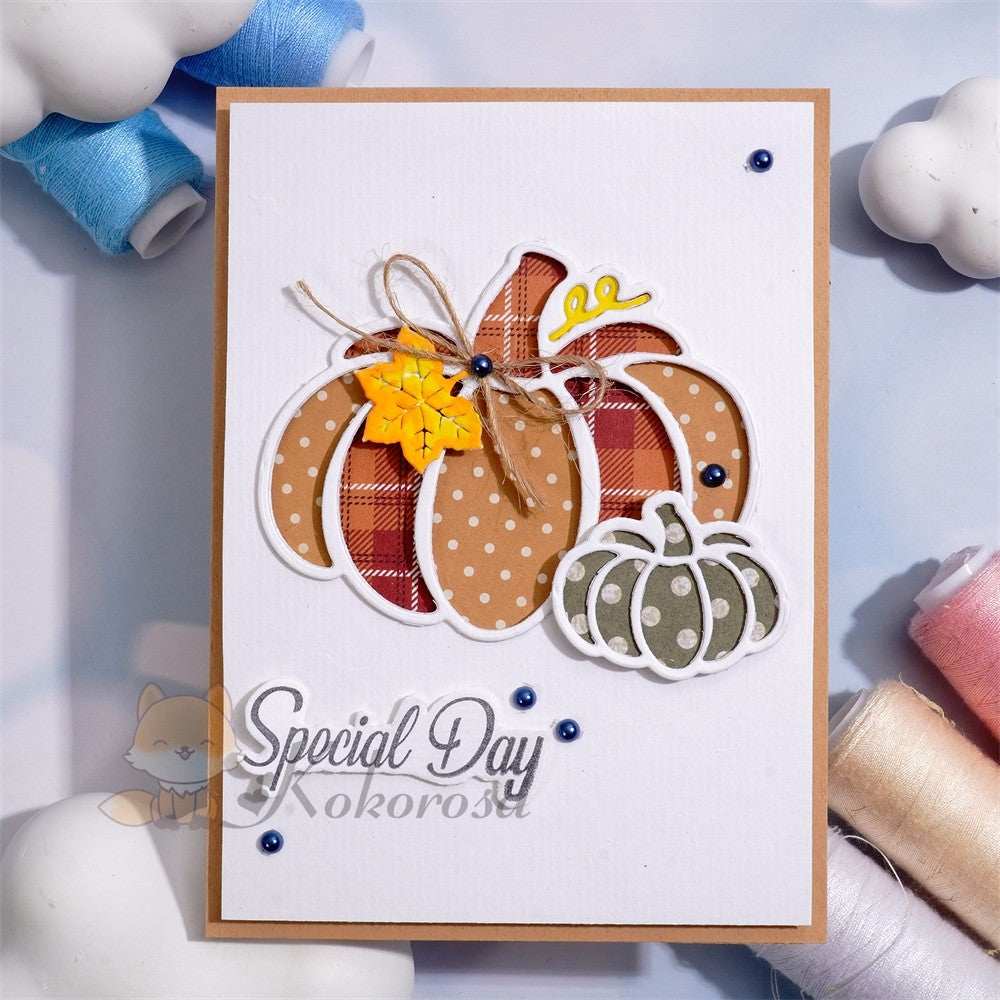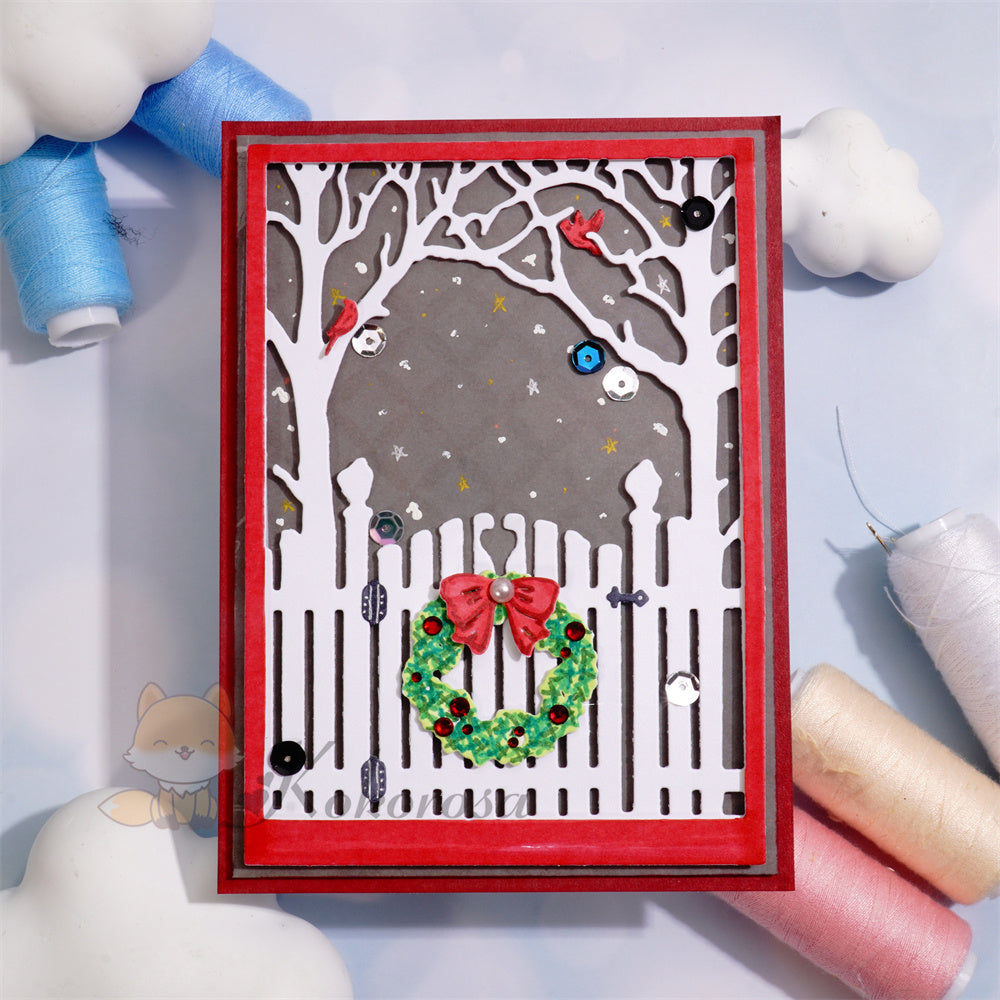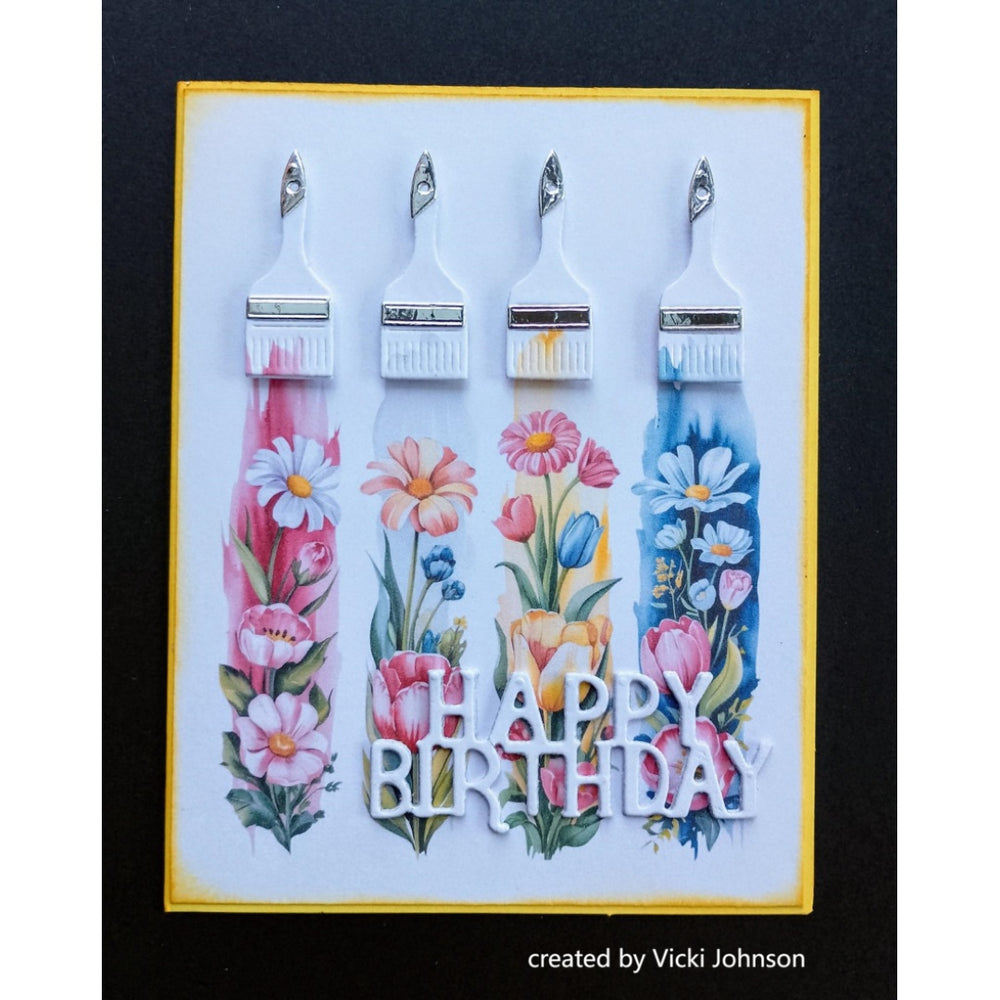Tips for Storing and Organizing Cardstock Paper
Organizing your card stock is essential for a smooth and efficient crafting process. With well-organized paper supplies, you can easily find what you need, prevent damage, and maximize your creative potential. In this blog post, we'll share some helpful tips and ideas for storing and organizing your stock paper collection.
1. Sort and Categorize
Start by sorting your paper stock into categories. You can organize it based on color, pattern, theme, or any other system that makes sense. Having distinct categories will make it easier to locate specific papers when you need them. Consider using labeled folders, bins, or dividers to keep each category separate and visually identifiable.
2. Storage Containers and Solutions
Investing in suitable storage containers is key to keeping your paper stock tidy. Some options you can consider are:
File folders or magazine holders: Both are great for storing paper by color or theme. You can label the folders or holders for quick identification.
Clear plastic sleeves or page protectors: Ideal for storing individual sheets of patterned or specialty paper. They protect the cardstock from getting bent or damaged while allowing visual access.
Accordion files or portable organizers: Perfect for storing smaller scraps or pre-cut cardstock pieces. The multiple compartments help to keep everything neatly organized and easily accessible.
3. Use a Labeling System
A labeling system will save you time and effort in the long run. Label each storage container, folder, or divider with the category or type of paper it contains. Additionally, you can label individual sheets or packs of paper with information like color name, brand, or pattern name for quick reference. These will ensure a hassle-free retrieval process.
4. Utilize Wall or Vertical Storage Options
If space permits, consider utilizing wall or vertical storage solutions, which can involve installing shelves, racks, or pegboards where you can display and store your paper collection. On one hand, it saves desk space; On the other hand, it provides easy visibility and access to your paper supplies. You can even add decorative elements such as washi tape or string lights to make your storage area visually appealing.
5. Preserve and Protect
To extend the lifespan of your paper stock, it's essential to protect it from dust, sunlight, and moisture. Store them in a cool, dry place away from direct sunlight. Consider using acid-free and lignin-free archival-safe storage materials to prevent yellowing or degradation over time.
6. Purge and Donate
Regularly assess your cardmaking paper collection and consider purging unused or unwanted items. Be honest with yourself about what you need and use. Donate any paper still in good condition but no longer fits your style or preferences, which helps declutter your stash, gives you more space to work with, and allows others to benefit from your unused supplies.
7. Keep an Inventory
Maintaining an inventory of your card stock supplies can be helpful. Keep a digital or physical list of the categories, quantities, and specific papers you have. This way, you can check your inventory before purchasing new supplies, ensuring you don't unnecessarily duplicate items you already have.
8. Inspiring Display
Consider creating an inspiring display of your favorite or current cardstock paper. You can do it with a decorative wire basket, a tiered stand, or a wall-mounted display rack. Having your most loved cardstocks visible and easily accessible can inspire and motivate you to use them in your projects.
Conclusion
With these tips for storing and organizing stock paper, you can create a functional and visually pleasing workspace. Not only will you save time searching for specific cardstocks, but you'll also protect your valuable supplies and enhance your overall creative experience. Experiment with different storage solutions and find the best method for your needs. Happy cardmaking!
1. Sort and Categorize
Start by sorting your paper stock into categories. You can organize it based on color, pattern, theme, or any other system that makes sense. Having distinct categories will make it easier to locate specific papers when you need them. Consider using labeled folders, bins, or dividers to keep each category separate and visually identifiable.
2. Storage Containers and Solutions
Investing in suitable storage containers is key to keeping your paper stock tidy. Some options you can consider are:
File folders or magazine holders: Both are great for storing paper by color or theme. You can label the folders or holders for quick identification.
Clear plastic sleeves or page protectors: Ideal for storing individual sheets of patterned or specialty paper. They protect the cardstock from getting bent or damaged while allowing visual access.
Accordion files or portable organizers: Perfect for storing smaller scraps or pre-cut cardstock pieces. The multiple compartments help to keep everything neatly organized and easily accessible.
3. Use a Labeling System
A labeling system will save you time and effort in the long run. Label each storage container, folder, or divider with the category or type of paper it contains. Additionally, you can label individual sheets or packs of paper with information like color name, brand, or pattern name for quick reference. These will ensure a hassle-free retrieval process.
4. Utilize Wall or Vertical Storage Options
If space permits, consider utilizing wall or vertical storage solutions, which can involve installing shelves, racks, or pegboards where you can display and store your paper collection. On one hand, it saves desk space; On the other hand, it provides easy visibility and access to your paper supplies. You can even add decorative elements such as washi tape or string lights to make your storage area visually appealing.
5. Preserve and Protect
To extend the lifespan of your paper stock, it's essential to protect it from dust, sunlight, and moisture. Store them in a cool, dry place away from direct sunlight. Consider using acid-free and lignin-free archival-safe storage materials to prevent yellowing or degradation over time.
6. Purge and Donate
Regularly assess your cardmaking paper collection and consider purging unused or unwanted items. Be honest with yourself about what you need and use. Donate any paper still in good condition but no longer fits your style or preferences, which helps declutter your stash, gives you more space to work with, and allows others to benefit from your unused supplies.
7. Keep an Inventory
Maintaining an inventory of your card stock supplies can be helpful. Keep a digital or physical list of the categories, quantities, and specific papers you have. This way, you can check your inventory before purchasing new supplies, ensuring you don't unnecessarily duplicate items you already have.
8. Inspiring Display
Consider creating an inspiring display of your favorite or current cardstock paper. You can do it with a decorative wire basket, a tiered stand, or a wall-mounted display rack. Having your most loved cardstocks visible and easily accessible can inspire and motivate you to use them in your projects.
Conclusion
With these tips for storing and organizing stock paper, you can create a functional and visually pleasing workspace. Not only will you save time searching for specific cardstocks, but you'll also protect your valuable supplies and enhance your overall creative experience. Experiment with different storage solutions and find the best method for your needs. Happy cardmaking!













Leave a comment